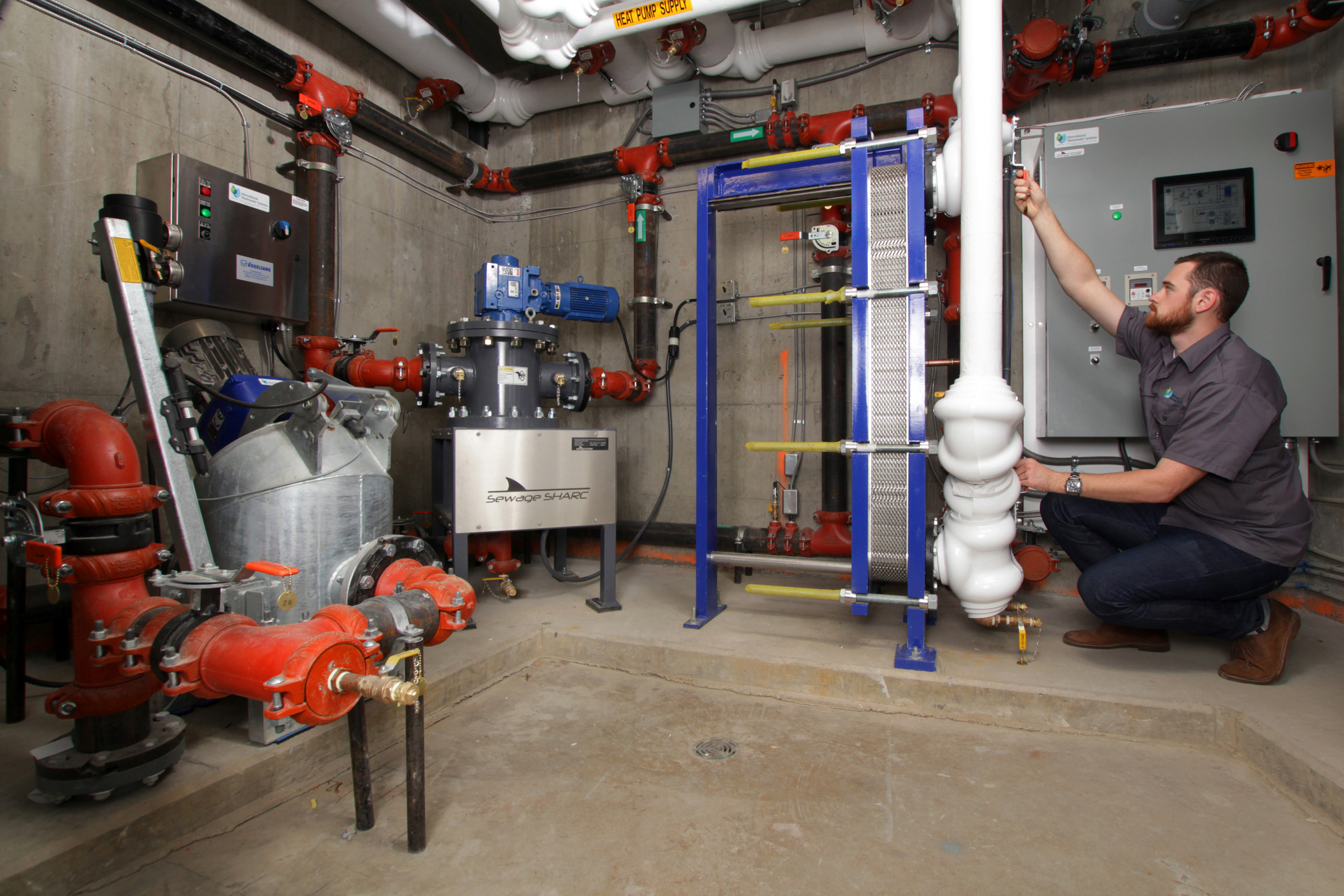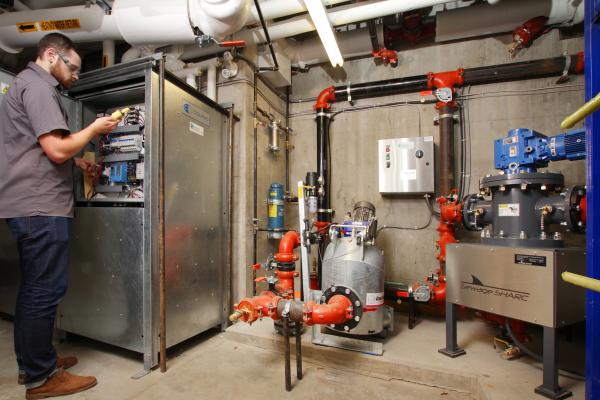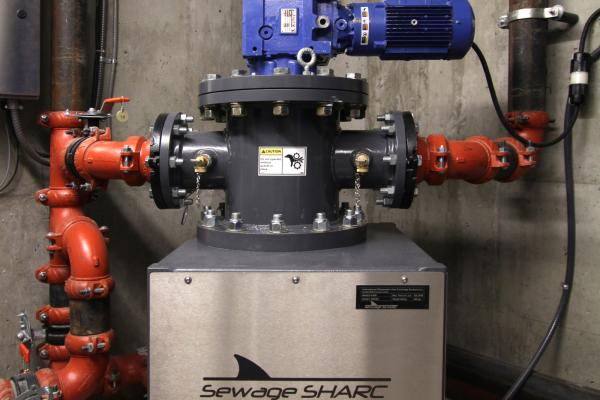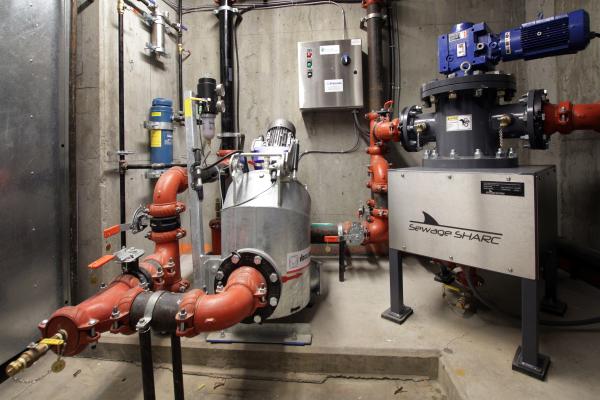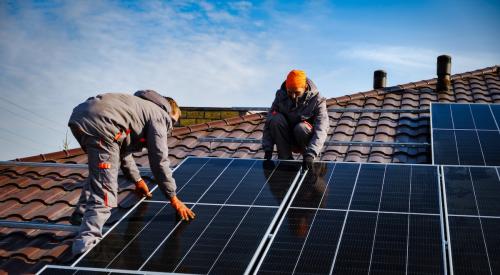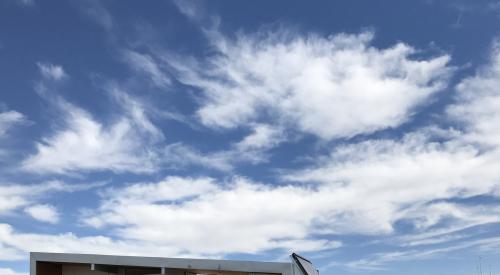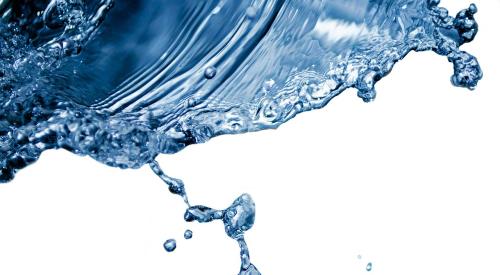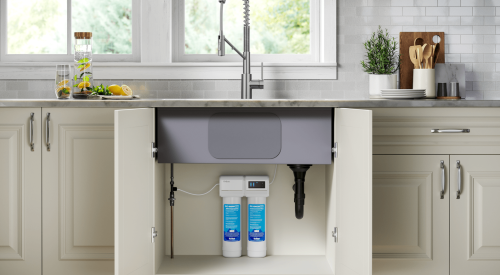How do you recover the billions of kilowatt-hours of energy that goes down the drain annually around the world? Vancouver, British Columbia-based International Wastewater Systems (IWS) has developed a method to repurpose sewage wastewater as clean energy for heating.
Known as the SHARC system, the technology captures wastewater from sinks, showers, toilets, dishwashers, and washing machines and, after macerating large particles, passes it through a heat exchanger that transfers the heat energy from the contaminated water to clean water, then to a heat pump. The system is completely sealed, so there is no odor.
“It’s really the same energy used over and over again,” says IWS founder and principal Lynn Mueller. “We just move it back into the flow. The [system] takes $1 worth of electricity to provide $4.50 worth of heat energy.” Mueller claims that SHARC can shave 30 percent to 70 percent off of energy bills.
Though it’s designed for large-scale commercial projects, SHARC is ideal for multifamily buildings with 600-plus units. The Piranha, a smaller, less expensive version, is also available for apartment buildings with 25 or more units. Moreover, IWS is working with the European Union on an even more compact, solar-powered unit for single-family detached homes that Mueller hopes to have on the market within the next 18 months.
While the systems aren’t cheap (upfront costs range from $60,000 to more than $1 million, depending on the project), building owners will recoup their investment within three to seven years. “The Piranha probably has a payback in the three- to five-year range, and the SHARC is in the five- to seven-year range,” says Mueller. “[Those numbers] are pretty consistent.”
Factory-trained personnel from IWS provide regular maintenance; they will also train a building’s maintenance personnel to service the units.
Mueller says the company is getting a lot of interest from the United States, where IWS has completed 12 projects so far. “We’re working with the Department of Corrections in western Washington State as well as district energy systems everywhere from Washington, D.C., to California,” Mueller adds. “It’s a very timely carbon-reduction strategy.”
